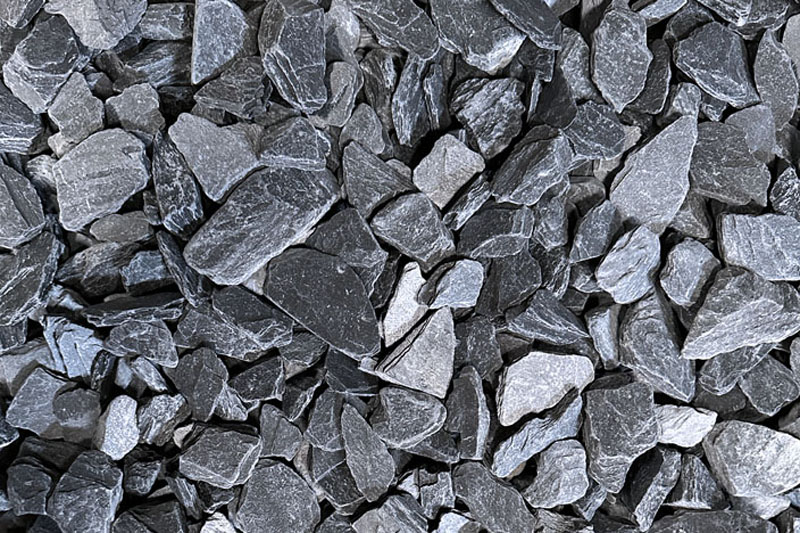Introduction
Sand is an essential component of many landscaping projects, from creating a stable base for pavers to improving soil drainage. With various types of sand available, each with its own unique properties and uses, it's important to choose the right one for your specific project. In this ultimate guide, we'll explore the different types of sand and their best applications in landscaping.
Types of Sand
PG&E Sand: This type of sand is commonly used for backfilling trenches, especially by utility companies like Pacific Gas and Electric Company (PG&E). Its low clay content makes it an excellent choice for drainage purposes.
Concrete Sand: A mixture of small rock, limestone, and mineral grains, concrete sand is used in the production of concrete and is known for its high compressive strength.
Mason Sand: Fine-grained and ideal for bricklaying, masonry work, and creating smooth surfaces for paint, mason sand is a versatile option for many landscaping projects.
Plaster Sand: Another fine-grained sand, plaster sand is used for plastering walls, ceilings, and other surfaces, creating a smooth base for paint or other finishes.
Teichert Sand: Teichert sand is a versatile type of sand that can be used for various purposes, including landscaping, construction, and backfilling. It is typically clean and free of debris, making it an excellent choice for areas that require a tidy appearance.
Fill Sand: Fill sand is a blend of 75% sand and 25% concrete sand. This type of sand is typically used for filling large areas or creating a base for paving stones.
Best Uses for Different Types of Sand in Landscaping
PG&E Sand: Creating French drains for proper drainage, backfilling around pipes, and creating a stable base for pavers.
Concrete Sand: Producing concrete for hardscaping elements like driveways and walkways, and creating a solid base for pavers in areas that require high compaction.
Mason Sand: Bricklaying and masonry work, creating a smooth surface for patios or walkways, filling gaps between pavers, and creating sandboxes.
Plaster Sand: Plastering walls and creating a smooth surface for painting, and creating a decorative finish on patios or walkways.
Teichert Sand: Constructing a sturdy base for retaining walls or paver patios, and creating a solid foundation for outdoor living spaces.
Fill Sand: Filling large areas, creating a base for paving stones, leveling uneven ground, and backfilling around retaining walls.
Washed Utility Sand: Creating a smooth surface for playgrounds, volleyball courts, and other recreational areas, and creating a base for pavers, pathways, and outdoor living spaces.
Tips for Using Sand in Landscaping Projects
- Choose the right type of sand for your specific project.
- Ensure proper compaction to prevent settling and shifting over time.
- Use a weed barrier underneath the sand to prevent weed growth.
- Avoid using sand in areas with poor drainage, as it can lead to standing water and other issues.
- Consider using polymeric sand for filling gaps between pavers to prevent weed growth and ant infestations.
FAQs
Can I mix different types of sand together for my project? While it's possible to mix different types of sand, it's generally not recommended as they have different properties and may not perform as intended.
Can I use sand for filling in low spots in my lawn? Sand can be used for filling in low spots in your lawn, but it's essential to mix it with topsoil to create a suitable growing medium.
How often should I replace the sand in my sandbox? It's a good idea to replace the sand in your sandbox every two years to prevent the buildup of mold, bacteria, and other contaminants.
Can I use sand for creating a base for my garden bed? While sand can improve drainage in a garden bed, it's not recommended as it can lead to compaction and poor soil structure over time.
Can I use sand to level my patio before laying pavers? Yes, sand is an excellent choice for leveling your patio before laying pavers. Just be sure to properly compact the sand to prevent shifting and settling over time.




